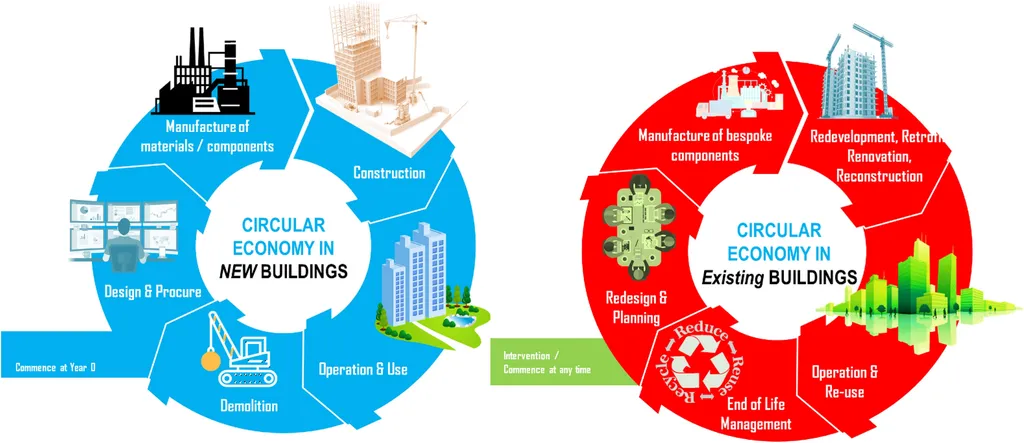In the heart of East Java, Indonesia, a significant shift is underway in the construction industry, one that could ripple out to other developing nations and reshape how buildings are designed, constructed, and ultimately reused. A recent study, led by Figo Chrisnando Hendrianto from the Department of Civil Engineering at Universitas Brawijaya, has shed light on the current state of Circular Economy (CE) practices within large Architecture, Engineering, and Construction (AEC) firms in the region. Published in *Discover Civil Engineering* (translated as *Exploring Civil Engineering*), the research offers a snapshot of how the industry is grappling with sustainability challenges and where opportunities for improvement lie.
The study reveals that while CE principles are gaining traction, their implementation remains partial. “We found that firms are adopting some CE practices, but there’s still a long way to go,” Hendrianto explains. The research identified five key areas where CE principles are being applied: the use of modern construction methods like prefabricated and modular products, the incorporation of ecological materials in design, the adoption of Building Information Modeling (BIM) technology, waste prevention planning, and the design of buildings with non-toxic, durable, and reusable materials.
These findings are particularly relevant for the energy sector, as the construction industry is a significant consumer of energy and resources. By embracing CE principles, firms can reduce waste, lower energy consumption, and minimize their environmental footprint—all of which can lead to cost savings and improved competitiveness. “The potential for enhancing CE integration is immense,” Hendrianto notes. “This isn’t just about being environmentally responsible; it’s about future-proofing businesses.”
The study highlights that while progress has been made, there’s still room for growth. For instance, the mean values for CE practices ranged from 2.5 to 3.5 on a scale likely measuring adoption levels, indicating that while some firms are leading the way, others are lagging behind. This disparity presents an opportunity for industry collaboration, knowledge sharing, and policy intervention to drive more widespread adoption of CE practices.
As the global push for sustainability intensifies, the insights from this research could shape future developments in the construction industry, not just in Indonesia but in other developing countries facing similar challenges. By embracing CE principles, AEC firms can position themselves as leaders in sustainable construction, attracting environmentally conscious clients and investors while contributing to a healthier planet.
For the energy sector, the implications are clear: the construction industry’s shift toward circularity can lead to more efficient resource use, reduced energy demand, and lower emissions. As Hendrianto’s research suggests, the path forward is not just about innovation but also about collaboration and policy support. The future of construction is circular, and those who embrace this model today will be the ones shaping the industry tomorrow.

